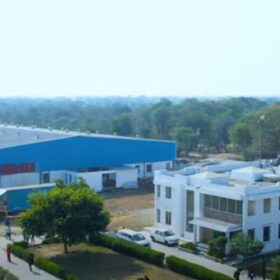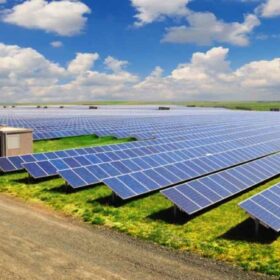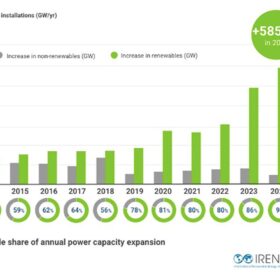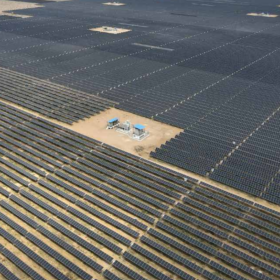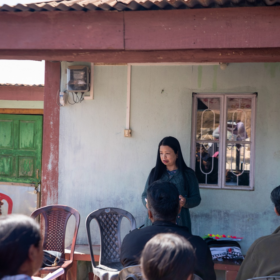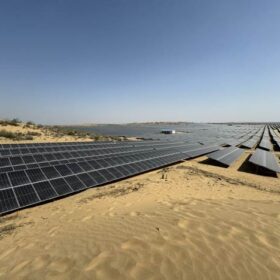RMC Switchgears sets up solar subsidiary
RMC Solar One will be engaged in the business of generation and distribution of power generated by solar and other resources.
Renewable energy sector in 2025 and beyond
Governments worldwide are enacting policies that encourage investment in green technologies. As businesses recognise the long-term benefits of transitioning to renewable sources, private capital is increasingly flowing into innovative projects that promise sustainable returns.
Bridge And Roof Co. seeks associate for 100 MW solar EPC in Rajasthan
Bridge And Roof Co. (India) has invited bids for selection of a sub-contractor to set up a 100 MW solar plant on a turnkey basis in Rajasthan.
Solar adds record 452 GW to global renewables capacity in 2024
Global renewables capacity grew by a record 585 GW in 2024, with solar accounting for 452 GW, according to the International Renewable Energy Agency (IRENA). Solar and wind together made up 96.6% of the increase.
AMPIN Energy Transition secures equity investment of $50 million from Siemens
AMPIN Energy Transition has secured an investment of $50 million from Siemens Financial Services, the financing arm of Siemens AG, to scale its renewable energy portfolio in India.
Meghalaya’s Gnanamma Healthcare Centre transitions to near net-zero electricity with solar plus storage installation
The newly installed 6.05 kW solar plant and 21.6 kWh battery energy storage now meet up to 100% of the health facility’s electricity needs.
Decarbonizing industrial energy use: The business case for real-time ESG monitoring
Decarbonizing energy use in industry is a core part of India’s sustainable development agenda. Real-time ESG monitoring is a powerful approach to achieve this goal, with advantages that go beyond environmental compliance to operational excellence and competitive advantage.
NTPC commissions 245 MW of Nokh solar project in Rajasthan
The 245 MW capacity is part of the 735 MW Nokh solar PV project in Jaisalmer.
Waaree Renewable Technologies secures 255 MW DC solar EPC order
Waaree Renewable Technologies has received a Letter of Award (LOA) from its promoter company Waaree Energies to set up a 170 MW AC (255 MW DC) ground-mount solar capacity on turnkey basis.
Technical guidebook for building-integrated photovoltaics
As the global transition toward sustainable energy intensifies, building-integrated photovoltaics (BIPV) has emerged as a critical innovation in merging renewable energy with architectural design. The recently published guidebook “Building-Integrated Photovoltaics: A Technical Guidebook,” edited by IEA PVPS Task 15 experts Nuria Martín Chivelet, Costa Kapsis, and Francesco Frontini, offers a comprehensive resource for architects, engineers, and urban planners looking to integrate BIPV into the built environment. This article explores the book’s key insights, including applications, challenges, and future pathways.
